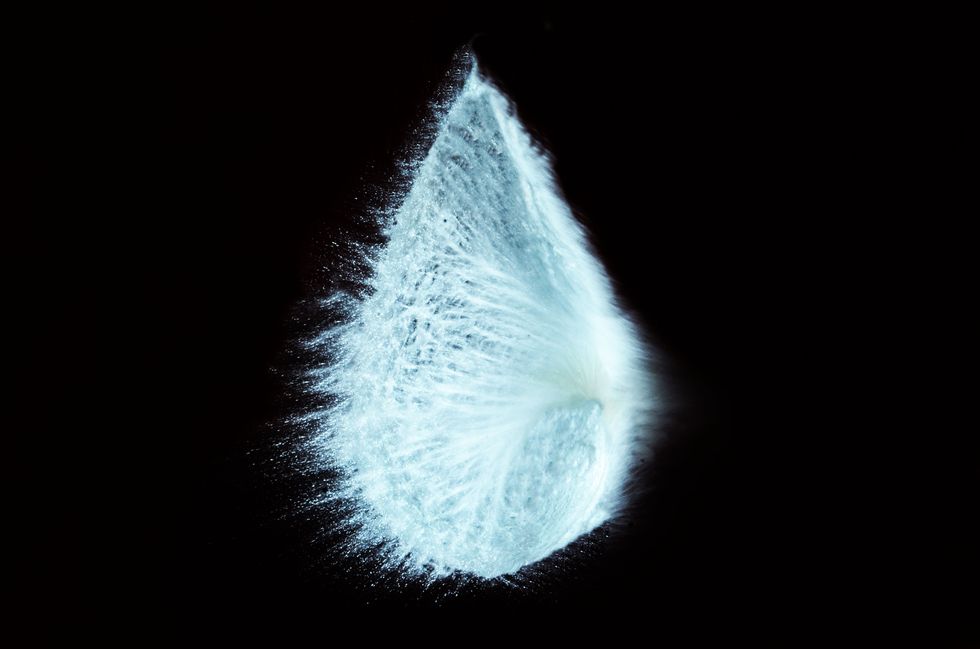It’s the middle of winter here in scenic West Virginia, and we’ve had some pretty funky winter weather thus far. The temperature skyrockets like it’s summer one week, and then plummets right back down to a subarctic climate the next. It’s rained a whole lot, and we’ve seen some decent snowfall, too. Yesterday, we saw something extra weird, rain and snow at the same time. Crazy, right? I decided to do a little research to learn how that could happen.
It all starts up in the atmosphere; the troposphere, to be exact. The air needs to be at least 32 degrees Fahrenheit to form crystals from water vapor, regardless of temperature on earth. These droplets latch onto a pollen or dust particle and quickly freeze. They completely skip the liquid phase of water, in a process known as deposition. Then more droplets pile on and create the actual snowflake. This crystal will float around in the clouds until it becomes too heavy for the wind to support and then begins to fall.
You’ve heard how no two snowflakes are identical, I’m sure. This is due to how they form. Each time a droplet tacks onto the crystal, the wind is blowing in whatever direction, and these six little arms start forming from the center of the flake. As it floats around, the wind changes direction, and the crystal grows in those directions until it becomes too heavy. The temperature also influences shape. The closer it is to freezing, the larger and more needle shaped the flakes appear. The colder it gets, the smaller and more disc-like they become. When there is more moisture in the air, snowflakes become more intricate, because there is more material to accumulate, and vice versa.
So, how is it possible that snow and rain can happen at the same time, if the temperature outside needs to be at or below the freezing point for snowflakes to form? Well, snow can form as long as the ground is no warmer than about 40 degrees. It was 36 degrees according to my car when the snow started falling yesterday afternoon, so the ground temperature was adequate. Rain had been falling heavily since the morning, so there was plenty of moisture in the air, and the ground was slowly getting colder. That cold air had begun to travel up into the cloud layer and chill the rain droplets. That just created some really miserably cold rain at first, the kind everyone really hates to walk to class in. (Not that we really love going to class, anyway, if we’re being honest.)
The magic started happening once the air in the clouds started getting cold enough to form ice. Snowflakes were being created and making their way miles down to the earth. On the way down, they encountered warmer air. Some of them began to melt, and others were lucky enough to make their way down as ice. Instead of mixing and creating freezing rain, the environmental conditions were just close enough to the border between the two types of precipitation to leave both intact, and voila! Rain and snow combined to make everyone’s life a little more magical, and their commute just a little more annoying and potentially dangerous.









































